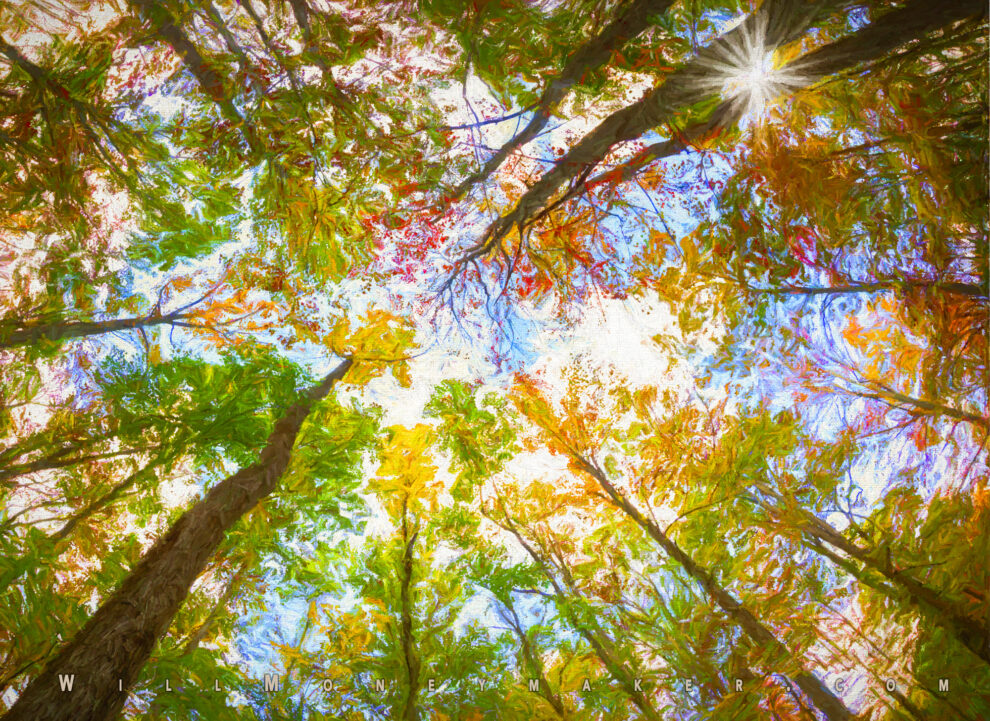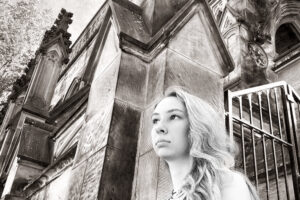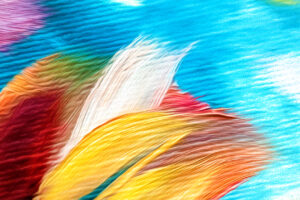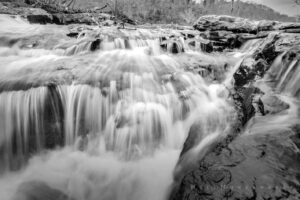What is a photographer’s medium? I can see where maybe you’re scratching your head and thinking that our medium is, of course, photography. But technically, that’s not entirely true. Not when you think about the finished products that we produce.
So, let’s look at it through the lens of other art mediums. Painting, for instance. If you’re a painter, then your medium could be oil on canvas, or maybe you’re a watercolor artist. Perhaps you prefer to work in acrylics. Mixed media artists combine different mediums to get whatever effect they desire. The same goes for sculptors—their medium could be clay or stone. Sketch artists might choose charcoal or pencil as their medium.
And it’s possible for artists to work across lots of different mediums. Da Vinci, for instance, famed creator of the Mona Lisa, is often referred to as an oil painter, and in fact, the Mona Lisa is an oil painting on poplar. But he also sketched, sculpted and worked across many other mediums as well.
When we apply this concept of mediums to photography, the lines become much more blurred. We refer to ourselves as photographers, but in this day and age, that doesn’t really give a clear picture of our medium. How do we display those photographs? How are they printed? Once upon a time, the gelatin silver printing process was the most common medium. But today?

Today, our medium could be any number of things. Gelatin silver is one medium that photographers still practice, as well as a myriad other printing processes and methods. There are people out there who still make the rare daguerreotype, even.
But we also have digital mediums, too. There are digital prints, and of course, we make PDFs to showcase our images. Sometimes, images are meant to be displayed as slideshows via a digital picture frame. We’ve also got websites and social media sites that we use as a display medium. Any number of photographers are getting into books, both digital and print.
There are just so many mediums now to display photographs. But where someone who paints predominately in oils might refer to themselves as an oil painter, a photographer who creates gelatin silver prints does not refer to himself as a gelatin silver photographer.
The lines really are much more blurred in photography because the truth is, all of us, or nearly all of us, work across many mediums. Tomorrow, you may make a gelatin silver print, but next week, you’ll be updating your website with new portfolio pieces, and the week after that? Designing a PDF or working on a book project.
Not that there’s anything wrong with the way we’ve managed to blur the lines between mediums. Actually, that’s one thing that makes photography unique because it is so easy to apply film or digital negatives to a variety of mediums. There’s a lot of freedom in it for us, with each of us being able to focus on our favorite mediums or work among a mixture of all of them as we so desire.
Now, go and enjoy the beauty of God’s creation through your lens.





